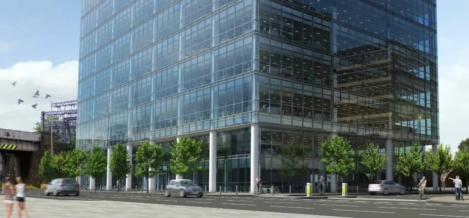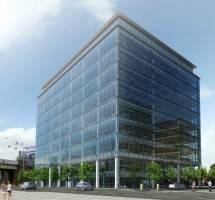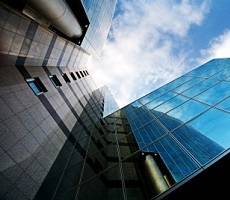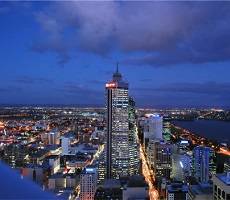February 20, 2016
‘Ghosting’ employers + Office buildings still relevant + Millennial engagement 0
 In this week’s Insight Newsletter; Darren Bilsborough on why office location is as important as design; Mark Eltringham says ‘ghosting’ an employer in the manner of the Spanish civil servant who hadn’t turned up to work for six years, is more common than you’d think; how office design is in the beauty of the beholder and why the office property market continues to thrive, despite rumours of its demise. A new report finds dysfunction at the heart of the public sector workplace; the government largely ignores the self-employed; younger workers are more engaged than the middle aged; RIBA consults on the future of its HQ; and many UK commercial buildings are failing to meet energy standards. Download the latest issue of Work&Place and access an Insight Briefing produced in partnership with Connection, which looks at agile working in the public sector. Visit our new events page, follow us on Twitter and join our LinkedIn Group to discuss these and other stories.
In this week’s Insight Newsletter; Darren Bilsborough on why office location is as important as design; Mark Eltringham says ‘ghosting’ an employer in the manner of the Spanish civil servant who hadn’t turned up to work for six years, is more common than you’d think; how office design is in the beauty of the beholder and why the office property market continues to thrive, despite rumours of its demise. A new report finds dysfunction at the heart of the public sector workplace; the government largely ignores the self-employed; younger workers are more engaged than the middle aged; RIBA consults on the future of its HQ; and many UK commercial buildings are failing to meet energy standards. Download the latest issue of Work&Place and access an Insight Briefing produced in partnership with Connection, which looks at agile working in the public sector. Visit our new events page, follow us on Twitter and join our LinkedIn Group to discuss these and other stories.
































